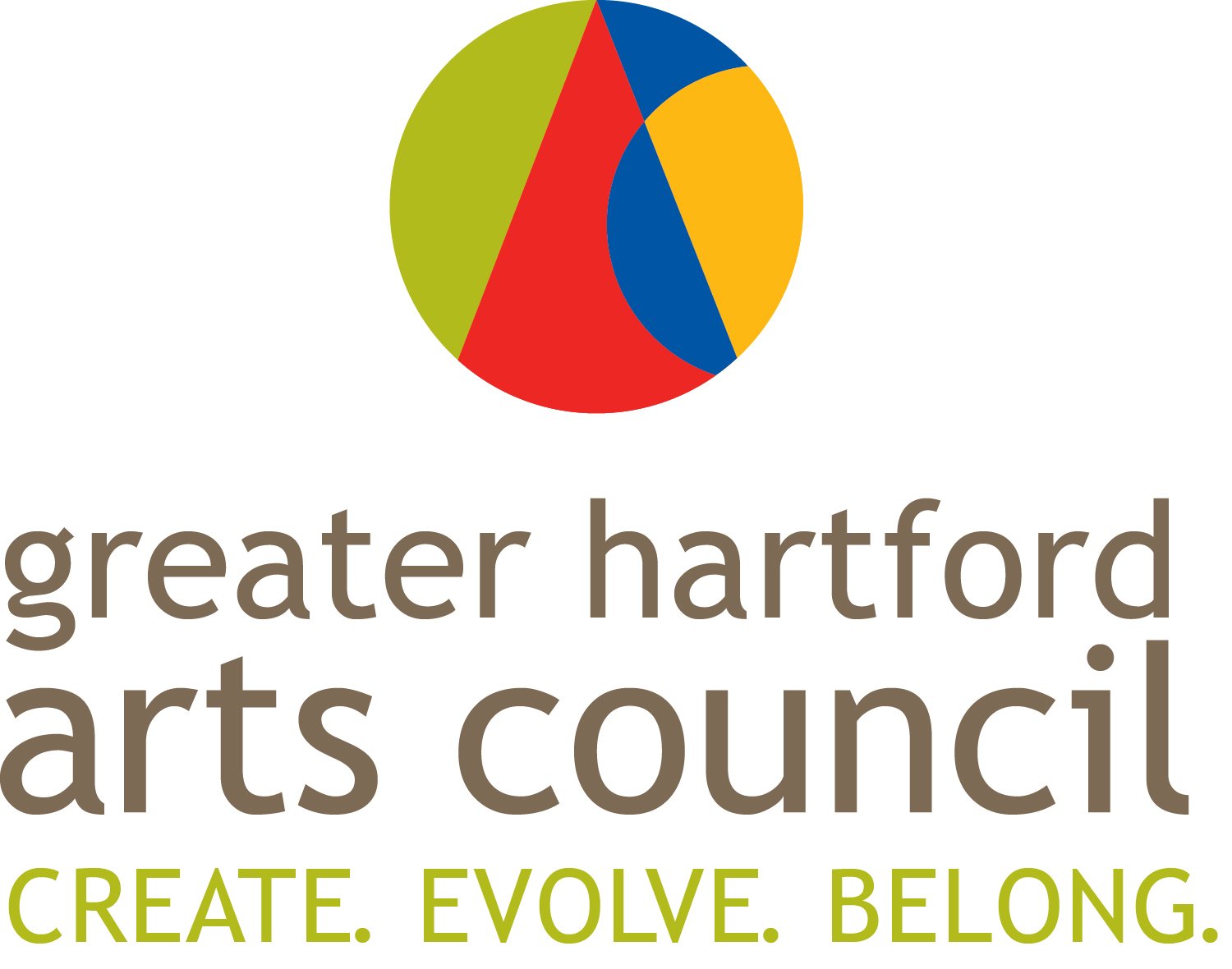“No Hyperbole Needed”: Prison Arts’ Impact Extends Beyond the Incarcerated
This spring, a “triple crown” of art exhibitions took place across the state displaying works by Connecticut artists of all backgrounds. Their uniting quality? Each artist is a current or former inmate in the state correctional facility system who is participating in Prison Arts, a program run by Community Partners in Action that offers art education to incarcerated individuals.
Community Partners in Action, founded in 1875 with Mark Twain sitting on its first Board of Directors, is an organization that focuses on behavioral change for inmates and advocacy for criminal justice reform. Offering services based around employment, basic needs, and reentry for inmates, CPA works with the goals of reducing recidivism, enhancing public safety, and informing policy. Prison Arts, in its 41st year of operation, is CPA’s longest running program and has been an important fixture in Hartford’s art scene. The program runs classes and projects for inmates and makes a practice of purchasing a handful of exceptional pieces each year in order to build a permanent collection.

So far in 2019, Prison Arts has presented three shows around Connecticut. The first, entitled How Art Changed the Prison, ran from January to May at the Aldrich Contemporary Art Museum in Ridgefield. CPA’s largest museum exhibition ever, the exhibit featured the work of 35 artists that have been involved with Prison Arts over the last 28 years. The artwork was accompanied by extensive text panels and a small book to allow viewers to engage with the artwork and examine how the artists have grown as creators over the course of multiple decades.
In March and April, the Hartford Public Library displayed an exhibit called 40 Years of the CPA Prison Arts Program, which featured the largest number of works from the program’s permanent collection ever shown in one place. Alumni artists traveled from all over the country to attend the show and fundraising event.
Lastly, the 2019 Annual Show at Capital Community Collegewas on exhibit through June. The show contained over 750 pieces from 127 inmates and several former prisoners, and included drawing, painting, and sculpture. Program Manager Jeffrey Greene described the show as “massive, diverse, and incredible.”
"Art provokes and engenders empathy and a wider perspective - two things we need most"
Greene says he cannot emphasize enough the positive effect that Prison Arts has had in Connecticut. For the artists, Greene said that the program gives their incarceration more meaning. “Instead of prison being a barren ‘time out,’ it has become a vibrant, contemplative, and revelatory continuation of their lives,” he said, “and a powerful ‘workplace’ to prepare for the future while living an important life in the present.”
Meanwhile, for the outside community, Prison Arts has helped to promote awareness about those living in prison and the complexity of their community. “The program has served to dispel stereotypes about who lives in prison, why people make art, and the complex nature of art making,” Greene said. Greene also mentioned benefits for prison staff and families of the incarcerated, citing safer workplaces and stronger connections between individuals despite physical separation as key outcomes of the program.

The future of Prison Artslooks promising. The show at the Aldrich brought new attention to the program,according to Greene, and is expected to result in new investors, collaborators,and opportunities. In the next year, a focus will be to establish new workshopsin underserved prisons. “The [current] project just begins to address the needwithin prisons,” Greene said. “Waiting lists and requests from prison staffjust keep piling up!” Ideally, Greene added, it wouldbe possible to expand the involvement of the public and the State of Connecticutin order to put on the largest annual art exhibit of any kind in the UnitedStates. “What if thousands of prisoners, former prisoners, as well asprisoners’ families, prison staff, victims of crime, and victims’ families wereall part of a massive community event that underscored the value of everyoneinvolved?” he asked. “That would be something we could all take great pride in,and it is certainly something to work towards.”
On the shorter term, the program will present its annual alumnishow at the Russell Library in Middletown in the fall, which highlights anongoing rotation of artwork from the permanent collection housed at Hartford’sCommunity Court. Also in the fall, a large exhibition of pieces from thecollection will be shown at Asylum Hill Congregational Church in Hartford.
Greene, who describes his experiences with Prison Arts as “incredible,” said that the overall importance of the program is “huge, no hyperbole needed,” due to the people involved and their environments. “Artists, artwork, and art-making compel people to consider themselves, those around them, the direction of their own lives and…the world as a whole,” he said. “Art provokes and engenders empathy and a wider perspective - two things we need most!”
Supporting initiatives like Prison Arts is part of our mission to improve lives and transform communities through the arts. Your support for the Greater Hartford Arts council helps us make it possible.
- Grace Amell, Marketing Intern
GHAC
